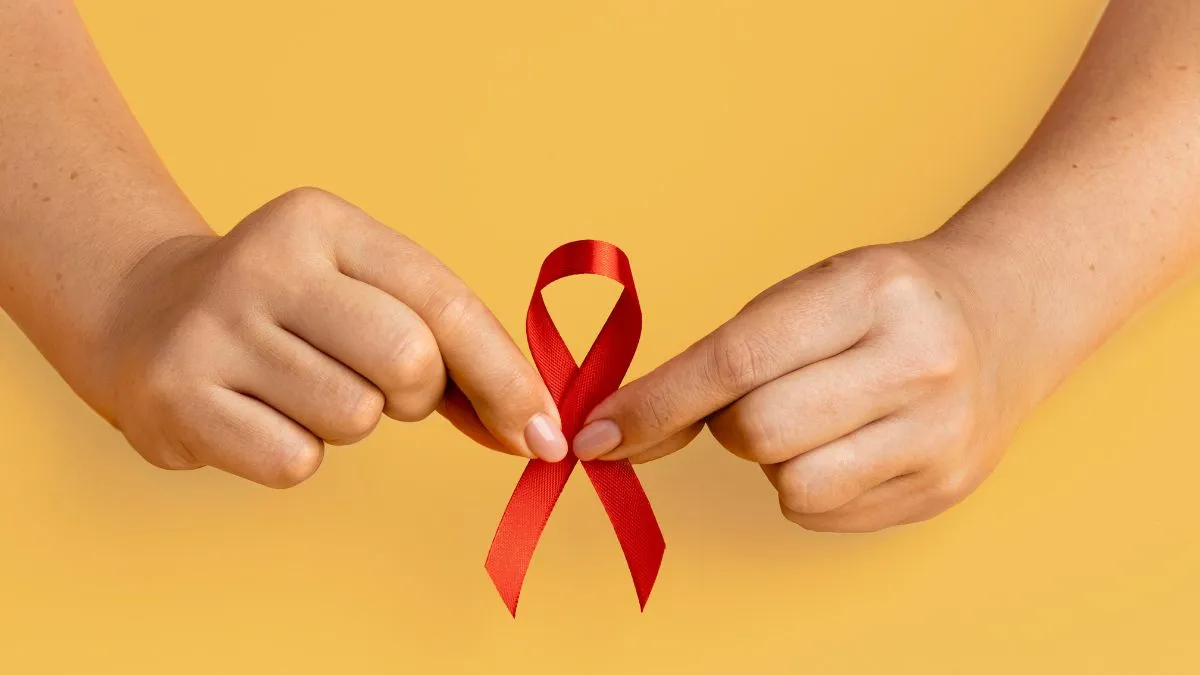
Chronic Myeloid Leukaemia (CML) is a type of blood cancer that starts in the bone marrow, the body’s factory for producing blood cells. It occurs when a genetic change, called the Philadelphia chromosome, causes white blood cells to multiply uncontrollably.
Table of Content:-
Once considered life-threatening, Chronic Myeloid Leukaemia was transformed in the early 2000s with the arrival of targeted oral medicines known as tyrosine kinase inhibitors (TKIs). These drugs turned a fast-progressing cancer into a condition that could be managed long-term, often with just a daily tablet. Survival rates soared, and for the first time, patients could look forward to living normal, productive lives.
But as treatment advanced and people began living decades with CML, a new question emerged: Is survival alone enough?
The Shift From ‘How Long’ to ‘How Well’
In India, Chronic Myeloid Leukaemia is often diagnosed between the ages of 35 and 40, much younger than in many Western countries. At that stage of life, people are in the middle of building careers, raising children, and planning futures. For them, treatment success isn’t just about longevity, it’s about the ability to live fully.
Dr Dinesh Bhurani, Director, Department of Haemato-oncology & Bone Marrow Transplantation, Rajiv Gandhi Cancer Institute and Research Center, Delhi, said, “People often assume that once a patient with CML begins therapy, the path is straightforward. But the reality is different. Many patients don’t achieve their treatment milestones on time, and a substantial number end up switching therapies or discontinuing due to intolerance or side effects. Nearly 30 to 40% of patients discontinue their first-line treatment within five years, which tells us the current approach is not sustainable for all.”
Also Read: Living With Chronic Myeloid Leukaemia: Experts Advice On Management And Care
Redefining Treatment Goals: MMR, DMR, and Beyond
For years, the main goal of Chronic Myeloid Leukaemia therapy was achieving a Major Molecular Response (MMR), a sign that the disease was well controlled. Now, doctors are aiming for something deeper: a Deep Molecular Response (DMR).
Why does that matter?
“Because DMR opens the door to Treatment-Free Remission (TFR), where patients can safely stop medication under supervision while remaining in remission. For newly diagnosed patients, reaching DMR within the first two years significantly increases their chances of achieving TFR later,” answers Dr Bhurani.
The Quality-of-Life Equation
While TKIs have made Chronic Myeloid Leukaemia a manageable disease, they often come with mild but chronic side effects, fatigue, muscle stiffness, joint pain, and digestive issues among the most common.
These side effects may not be life-threatening, but they can wear patients down over time. For someone expected to be on therapy for decades, that can affect energy, mood, and overall well-being. Tolerability, therefore, has become as crucial a goal as efficacy.
Also Read: Is Gum Bleeding A Sign Of Leukaemia?
“That’s why newer therapies are being designed not just to control the disease, but to do so more comfortably minimizing off-target effects while preserving strong response rates,” highlights Dr Bhurani.
The Future of Chronic Myeloid Leukaemia Care
The story of Chronic Myeloid Leukaemia is no longer about turning a fatal disease into a chronic one, it’s about helping people thrive while living with it. Today’s doctors and patients are redefining success, measuring it not just in years added to life, but in life added to those years.
Dr Bhurani concludes by saying, “As the focus shifts from survival to quality of life, clear conversations about treatment goals, side effects, and milestones like DMR or TFR are empowering patients to take an active role in their care. Because in the new era of Chronic Myeloid Leukaemia treatment, the goal isn’t simply to live longer, it’s to live well.”
Also watch this video
FAQ
What is Chronic Myeloid Leukemia?
Chronic Myeloid Leukemia or CML is a rare type of blood cancer where a lot of immature white blood cells are produced by the bone marrow.How long can a person live with CML?
On an average, 90% patients have the survival rate of 5 years. However, with modern treatments, the life expectancy has improved.Is chronic myeloid leukemia curable?
In most cases, CML is not curable but it can be managed through proper treatment which includes lifelong therapies.
How we keep this article up to date:
We work with experts and keep a close eye on the latest in health and wellness. Whenever there is a new research or helpful information, we update our articles with accurate and useful advice.
Current Version
Nov 03, 2025 13:00 IST
Modified By : Chanchal SengarNov 03, 2025 13:00 IST
Published By : Chanchal Sengar